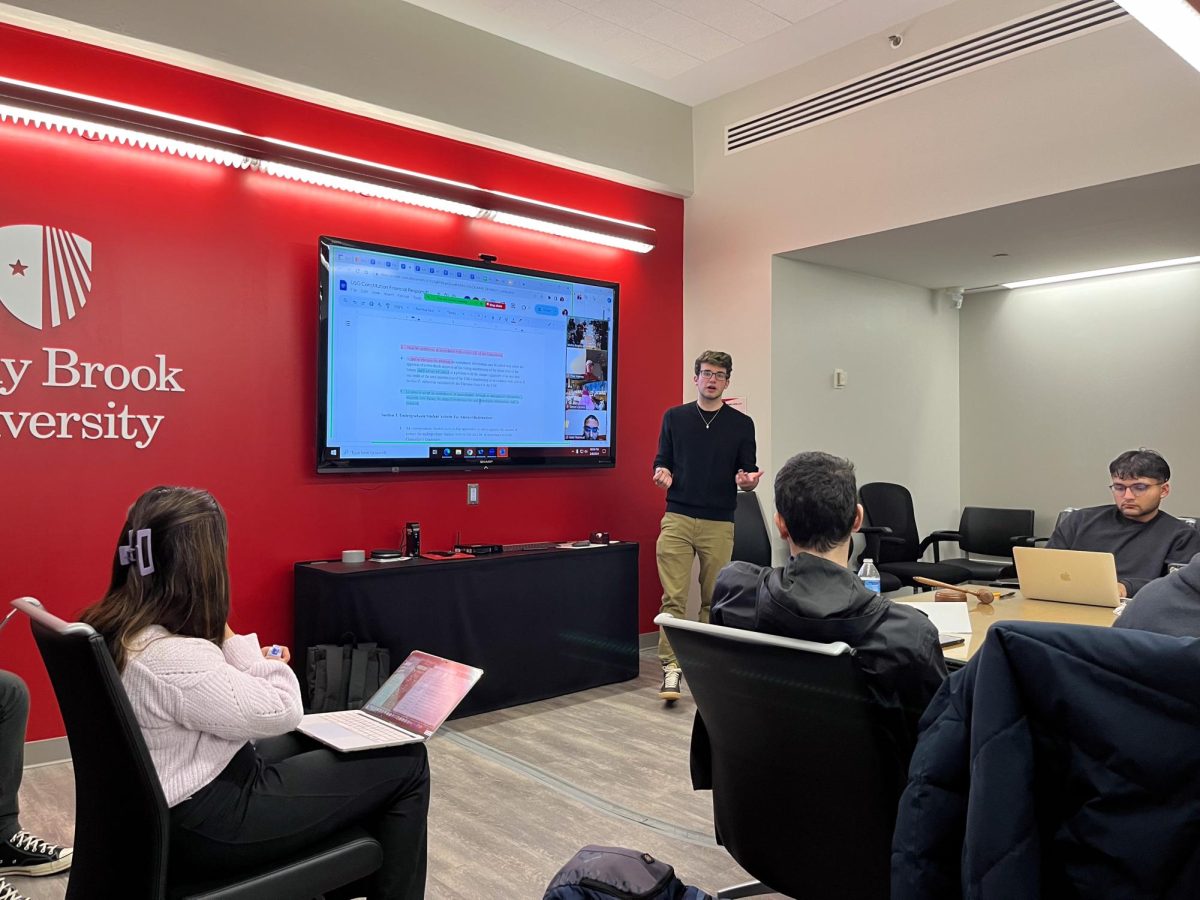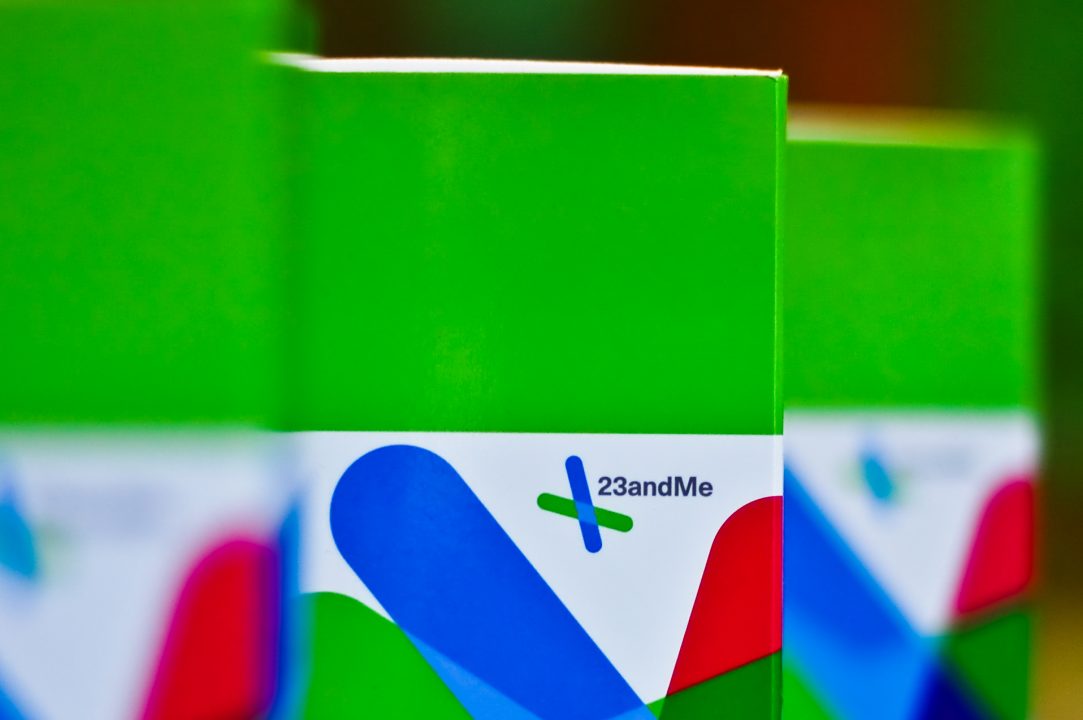If you were among the incoming freshmen in 2007 and were living on campus, chances are you were assigned to a triple in a room designed to be a double. You might have even been one of the people who did not get a housing contract at all.
Still, to many students, the prospect of sharing a room with two other strangers, as well as having to compromise closet space and share a desk, was daunting. Some were fed up enough to move off campus this semester, leaving an empty bunk in some rooms. But with arrangements made by housing, and the space openings in the spring, most triples were broken up.
The housing situation last year serves as a testament to the burgeoning number of applications Stony Brook has been receiving in recent years. In 2007 alone, according to the SBU Factbook online, the university received 24,050 applications, with an acceptance rate of 43% and final enrollment of 2,768 students. This number was up by almost 6,000 applicants from 2005, when the schools received 18,206 applications and had an enrollment of 2,484 students.
This year, the number of applications is expected to rise once again, as prospective students apply to more schools in order to secure safety nets, and to provide themselves with several choices come decision time. Large figures like these lead to increased selectivity as competition for major universities becomes tougher each year. But with statistics rising beyond unprecedented levels, admissions offices face the difficult task of assessing exactly how many students to accept in order to optimize enrollment. If too many students are admitted, last year’s housing chaos could repeat itself.
According to a report by The New York Times, however, schools might soon be getting a break. In the report, projections made by experts from the Western Interstate Commission for Higher Education showed that by 2009, the annual number of high school graduates in the United States will peak at about 2.9 million after a steep 15-year climb. The number will then decline steadily until about 2015.
The forecast is based on an expected drop in the number of high school graduates in the Northeast and Midwest while numbers in the South and Southwest continue to increase, resulting in a slight population decline nationally.
Demographically, the number of white high school graduates is estimated to go down across the country while the number of African-American graduates will remain relatively steady. The number of Hispanic and Asian-American graduates, though, is expected to resume increasing sharply due to the growing rate of immigration from those regions.
In the Times’ article, admissions officials seemed optimistic about the predictions, believing it will provide an opportunity to recruit a broader range of students by reaching out to underrepresented groups and international students.
With increasing numbers of college bound minorities, schools hope to diversify their student body by admitting a larger crop of qualified candidates coming from smaller groups. Already, some departments are rushing to attract Hispanic and low-income students by offering appealing financial aid packages and sending representatives to distant high schools in an effort to make their schools more accessible.
For the most part, the dwindling number of students should translate into fewer applications and less selectivity. Although competition to win entry into elite universities like Harvard or Princeton is likely to persist, prospective applicants should expect a less frantic process, with less rivalry and more lenient admission rates.
“[Schools] that have the strongest brand identification are still going to be awash in applications, but 99 percent of us are going to see declines,” said Robert J. Massa, vice president for enrollment at Dickinson College.
This is good news for those students graduating high school in the coming years that will not encounter the level of anxiety and stress that 2007’s freshman class had to deal with. With less need to apply to a bunch of colleges, Lee A. Coffin, the dean of undergraduate admissions at Tufts University, said “We could see something resembling the admissions environment of the early 1990s, in which the most talented students might have an easier time.”













